The shapes of the new Ferrari SF-25 speak of a project in close continuity with the previous one, but the individual details of this car indicate, instead, a revolution.
Not so much in concept, but above all for the objectives that have been set by Ferrari's senior figures.
The adoption of the front pull rod suspension represents the most visible element of the SF-25, but the objective of this radical change compared to the SF-24 is not only to improve the car's aero balance.
With the pull rod scheme Ferrari are trying to induce more energy on the tyres, making the SF-25 more effective than the SF-24 in qualifying and above all, to provide a more 'solid' front end.
Although at first glance the front suspension does not seem extreme in its geometry, in reality there are details that indicate how in-depth the study was.
The reference goes to the upper wishbone, which in the launch configuration is not strongly inclined, compared to that of the McLaren MCL39, where the rearmost pick up point is at the same level as the pull rod rocker.
It was possible to identify, thanks to a wide profiling of the pick up point fairing, that this is removable and above all extended very downwards, concealing a lower pick up point in the chassis.
It is also interesting to note that the lower wishbone also has a pick up point characterised by a sort of winglet for up lift of the air flow directed towards the sidepods.
The search for performance is in line with the targets of other elements such as the cockpit being more centered with respect to the two axles.
The front wheels are further away compared to the SF-24 so do not disturb the direct flow towards the sidepods, characterised by an overall reduced vertical section, and an upper profile downgraded in a rectilinear way.
Key Ferrari rear change
When looking towards the rear of the car, you can notice how the shark fin of the engine hood is characterised by a saw teeth profile.
It is the consequence of the choice made by the aerodynamicists not to create a single gill along the upper profile of the engine hood, but rather to create a multiple series of vents that direct the flow of outgoing hot air under the main plane of the wing.
A point of considerable interest, the centrality of the cockpit, much further from the front axle than it was on the Mercedes W15 Lewis Hamilton drove last year, could be the feature of the SF-25 most appreciated by the Briton, but also by Leclerc.
The overall approach of this project has a single, very precise objective, performance, just as Leclerc confirmed in the press conference after the SF-25's shakedown on Wednesday.
Since the current regulations were introduced, the importance of a driver's confidence in the car, having a car that enters corners precisely, behaves predictably, but also changes direction sharply has been key to success.
The SF-25 seems being designed with this in mind.
Also interesting:
Join RacingNews365’s Sam Coop and Nick Golding as they discuss the brand-new McLaren and Williams cars for 2025! A warning to Max Verstappen from Daniil Kvyat and Red Bull’s plan for this year are other talking points.
Rather watch the podcast? Then click here!
Don't miss out on any of the Formula 1 action thanks to this handy 2026 F1 calendar that can be easily loaded into your smartphone or PC.
Download the calenderMost read
In this article
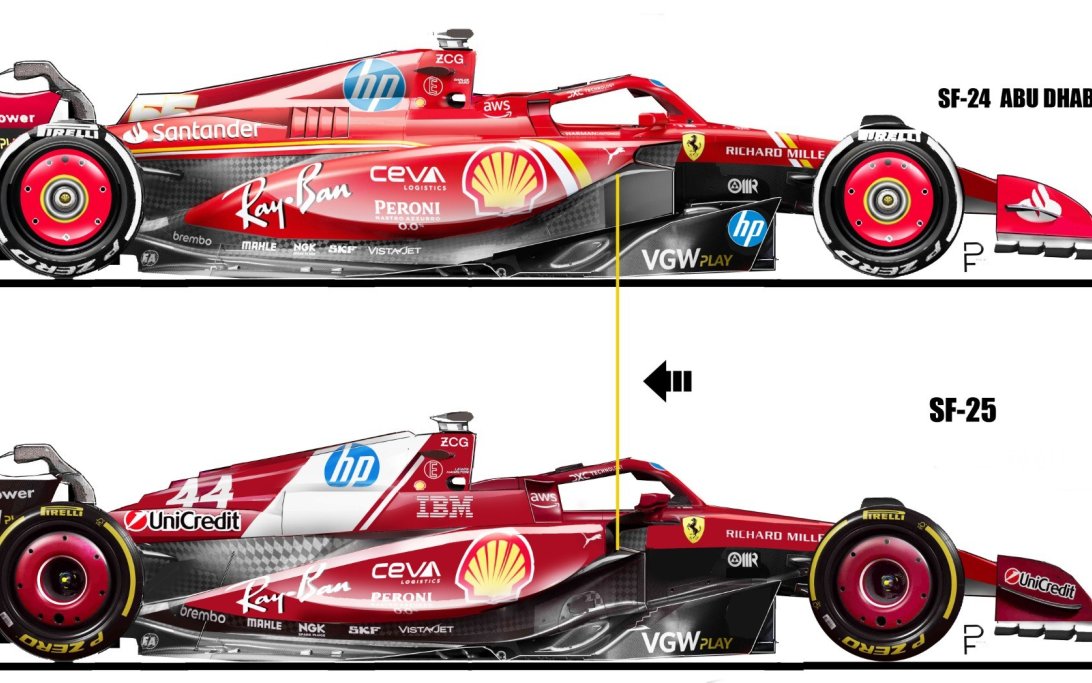
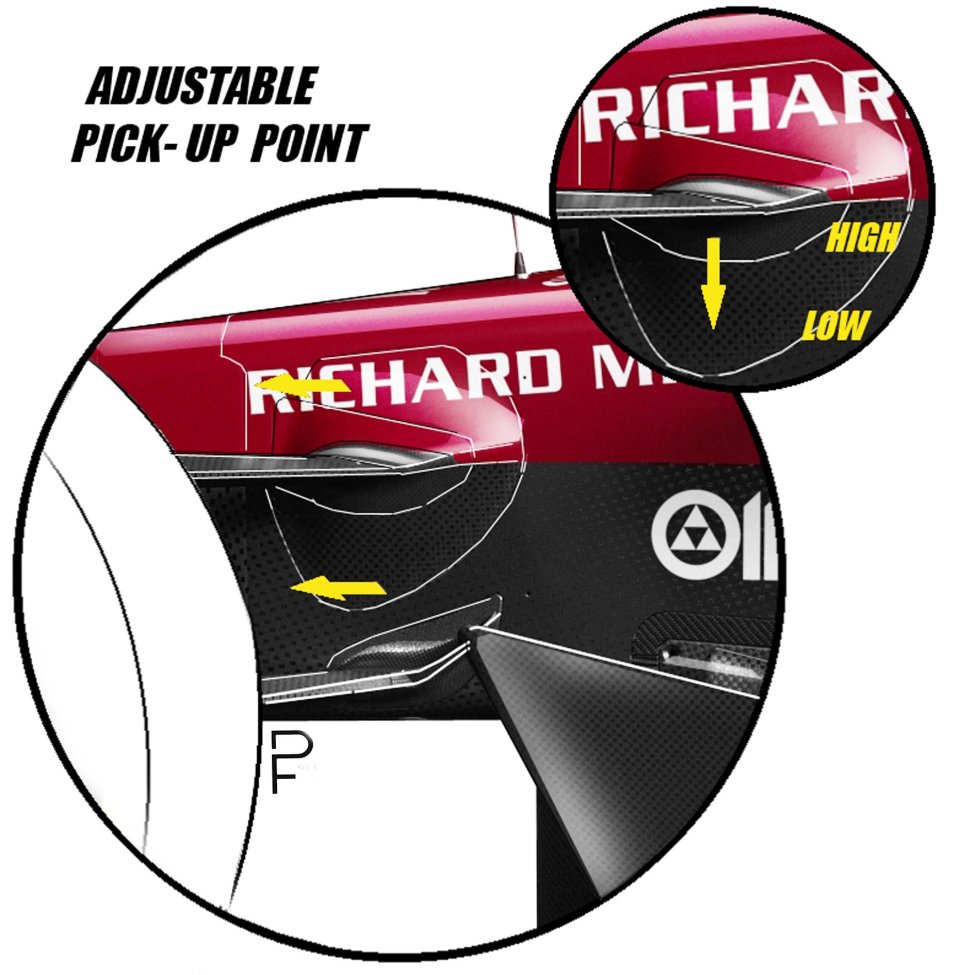
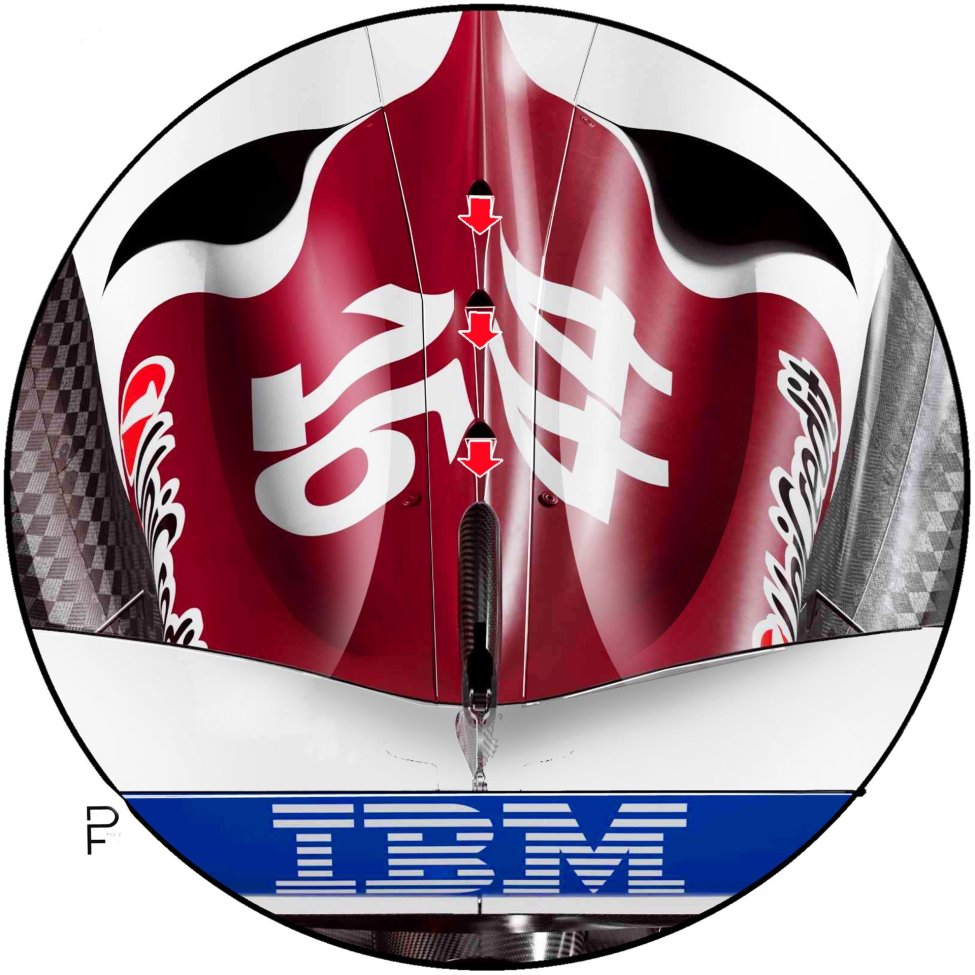


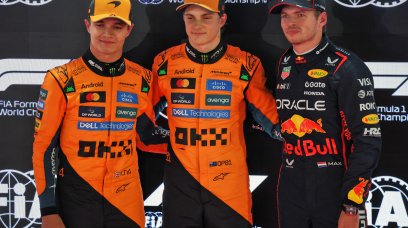
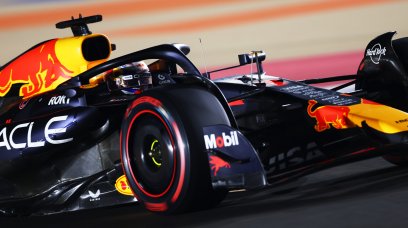
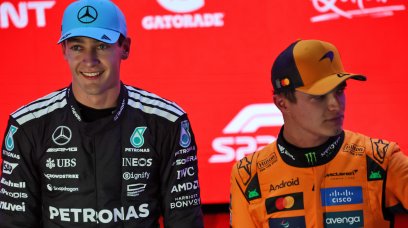


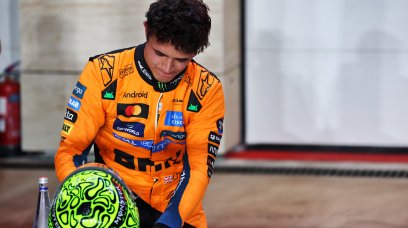

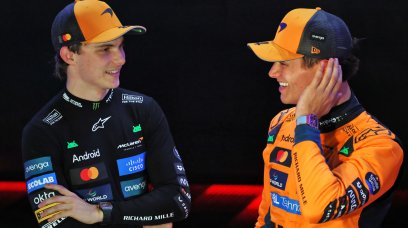












Join the conversation!